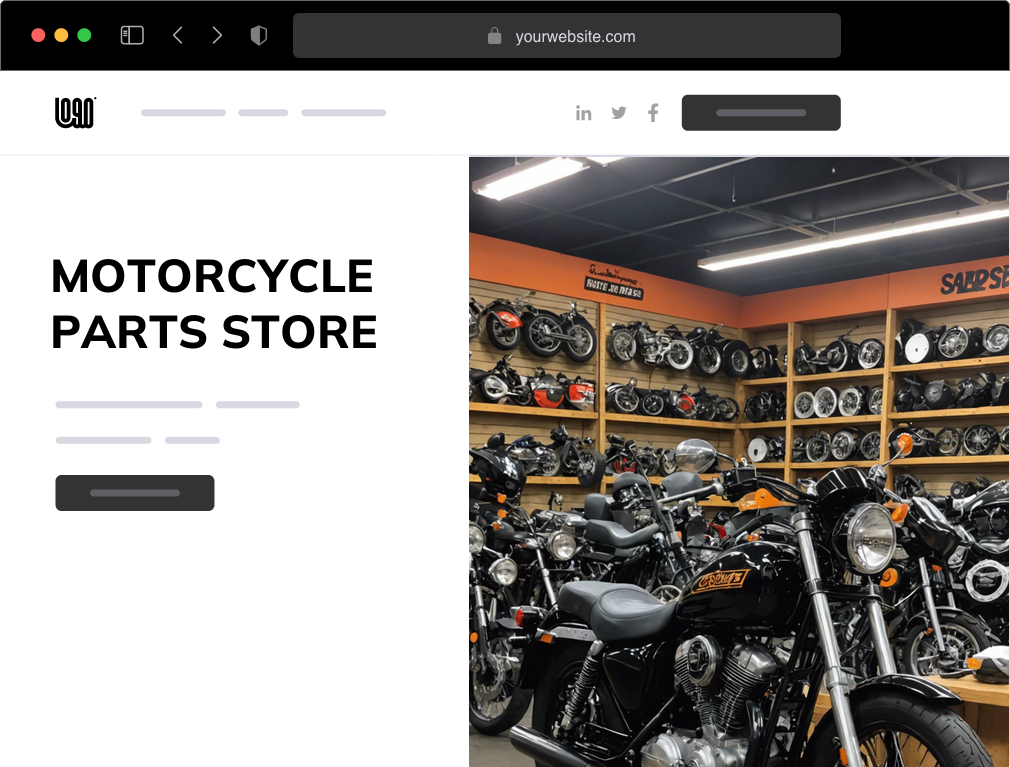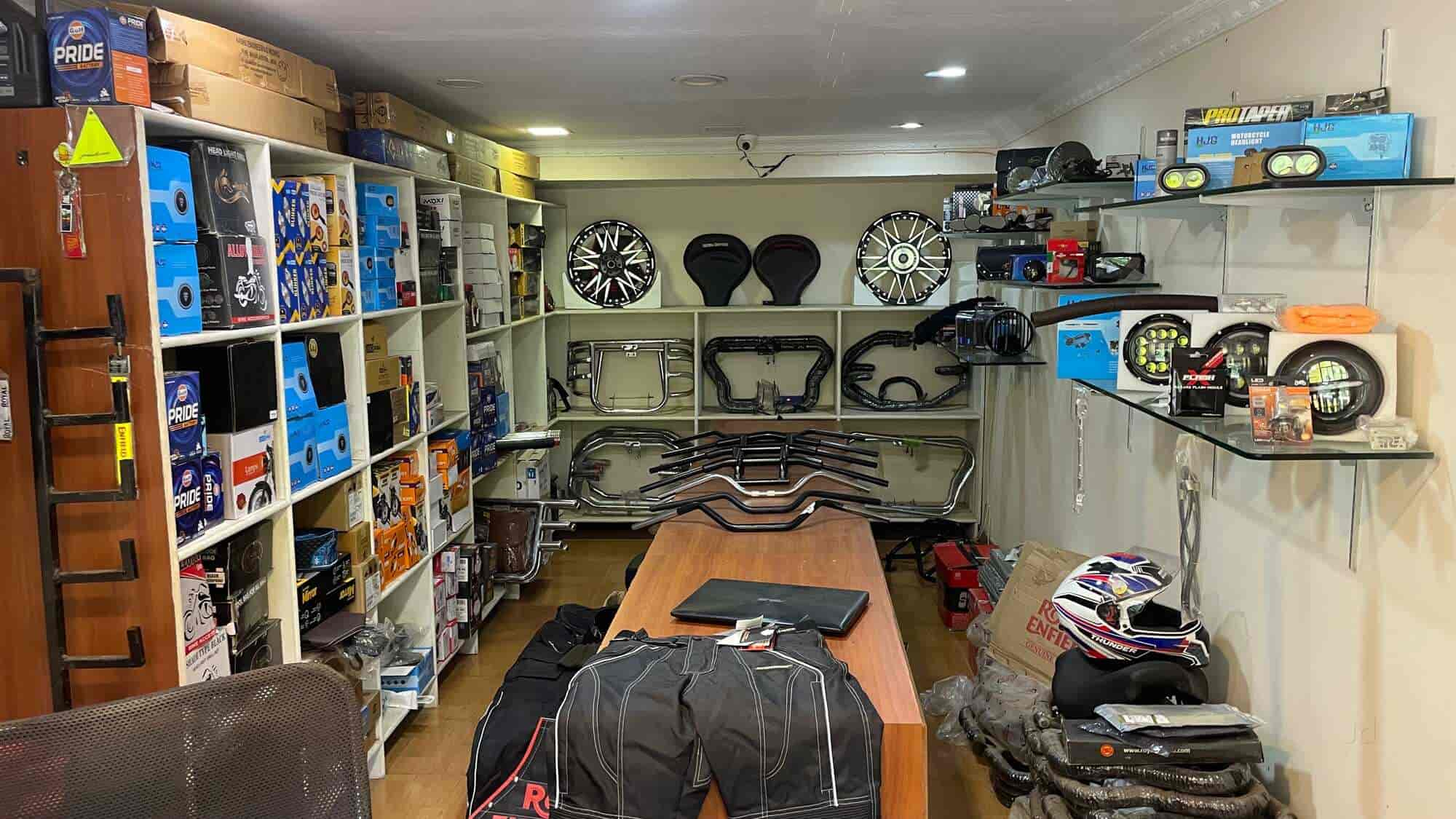Discover the current Motocross Gear NZ for each Degree of Rider
Discover the current Motocross Gear NZ for each Degree of Rider
Blog Article
Grasping Motorcycle Gears: How to Enhance Your Riding Experience
In the realm of motorcycling, grasping the art of equipment adjustment is vital for boosting your riding efficiency. Correctly understanding and making use of motorbike gears can substantially impact velocity, control, and gas efficiency, changing an ordinary ride right into a smooth, electrifying journey.
Understanding Gear Mechanics
Just how do the details of gear mechanics influence bike efficiency? At the core of motorcycle dynamics, gear mechanics play a critical duty in converting engine power right into activity, ultimately dictating speed and control. Gears, thoroughly crafted elements, allow riders to maximize torque and speed, making sure a seamless transition through various surfaces and velocities. The gear ratios, thoroughly developed, identify the connection in between engine revolutions and wheel turns, impacting velocity and gas performance.
Understanding equipment technicians begins with acknowledging the importance of the gearbox, which houses multiple equipments of differing dimensions. These equipments communicate via a process known as meshing, where teeth of different equipments engage to transmit power.
Additionally, the concept of gear shifting is important to making best use of efficiency. Prompt and smooth shifts make certain that the engine runs within its optimal power band, avoiding unneeded stress and improving longevity (motorbike shop). By understanding these mechanical details, cyclists can attain an unified mix of efficiency, control, and power, elevating their riding experience
Timing Your Shifts
Change timing proficiency is essential for enhancing motorbike performance and improving the riding experience. Effectively timed shifts make certain that the engine runs within its optimum power band, which is important for maintaining control, attaining smooth acceleration, and ensuring the long life of the motorcycle. Motorcyclists should create an intuitive sense of when to move equipments, which includes recognizing the connection in between engine changes per minute (RPM) and speed.
To grasp change timing, pay attention to the engine's noise and feel, as these offer vital ideas about when to change gears. The perfect shift factor typically occurs when the engine approaches the upper series of its power band without getting to the redline. Moving too early can lead to an absence of power, while moving as well late may create unnecessary engine strain
Additionally, roadway conditions and riding design impact change timing. For example, in urban setups, smoother and extra regular shifts might be essential to navigate website traffic successfully. On the other hand, during freeway riding, less shifts at higher rates can be better suited. Exercising in varied environments will improve your capability to time shifts specifically, ultimately boosting your riding experience to an expert degree.
Enhancing Gas Efficiency
While mastering bike gears is important for performance, boosting fuel effectiveness is similarly important for both economic and environmental factors. Optimal fuel consumption not only lowers functional prices however advice also reduces the environmental footprint of riding. To attain this, one have to understand the detailed connection in between equipment option and engine efficiency.
Riding in a greater equipment at lower rates can lead to engine hauling, which is detrimental to both fuel economic climate and engine wellness. On the other hand, riding in lower gears at high rates results in unneeded fuel intake.
Furthermore, routine upkeep plays a pivotal role in fuel performance. Making sure that the motorcycle is well-tuned, with clean air filters and effectively inflated tires, can boost the rules of aerodynamics and reduce fuel waste. Embracing a riding style that embraces gradual acceleration and smooth deceleration can add to far better fuel economic situation.

Strategies for Smooth Transitions
Accomplishing smooth gear changes is essential to boosting the riding experience and guaranteeing the longevity of a motorcycle's transmission system. Proper gear moving not just adds to a smooth trip yet likewise decreases deterioration on the mechanical parts. To master the art of smooth shifts, cyclists need to concentrate on a few key strategies.

Second of all, clutch control plays a crucial role. Engaging and disengaging the clutch smoothly requires practice. The clutch lever should be released slowly, permitting a smooth transfer of power from the engine to the wheels without causing a shock or sudden motion.

Adjusting to Road Conditions
Browsing diverse roadway problems is an important skill for any type of motorcyclist motorcycle stands for sale aiming to keep control and security. Whether you're riding on wet surfaces, crushed rock roadways, or browsing doglegs, your capacity to adapt your gear use and riding strategy is critical. Recognizing just how to change your gears suitably can considerably impact traction and security, ensuring a much safer journey.
On wet roadways, it is a good idea to preserve greater equipments to reduce torque and minimize wheel spin. This technique aids keep grasp on slippery surfaces, permitting smoother acceleration and slowdown. On the other hand, when riding on gravel or unequal surface, lower equipments are better. Lower equipments supply far better control and enable you to respond even more promptly to unexpected modifications in the roadway surface.
Sharp contours require accurate gear administration to balance rate and control. Downshifting before entering a contour can aid preserve momentum while ensuring the motorcycle remains steady throughout the turn. Constant technique in different conditions improves your ability to react and forecast to changes in road appearance and slope.
Conclusion
Understanding motorcycle equipments substantially enhances the riding experience by boosting gas, velocity, and control performance. Adapting equipment selection to numerous road problems, such as utilizing greater equipments on damp surfaces and lower equipments on gravel, additional boosts handling and safety.
Comprehending equipment mechanics begins with recognizing the value of the gearbox, which houses numerous gears of differing dimensions. These gears connect via a process known as meshing, where teeth of different gears involve to send power (motorbike shop). Mild adjustments to the throttle throughout equipment shifts can stop jerky motions and maintain a constant riding pace
Whether you're riding on damp surfaces, crushed rock roadways, or navigating sharp turns, your capacity to adapt your equipment usage and riding method is vital. Adjusting gear option to various road problems, such as utilizing higher equipments on motorcycle helmets nearby wet surfaces and reduced gears on crushed rock, further improves handling and safety.
Report this page